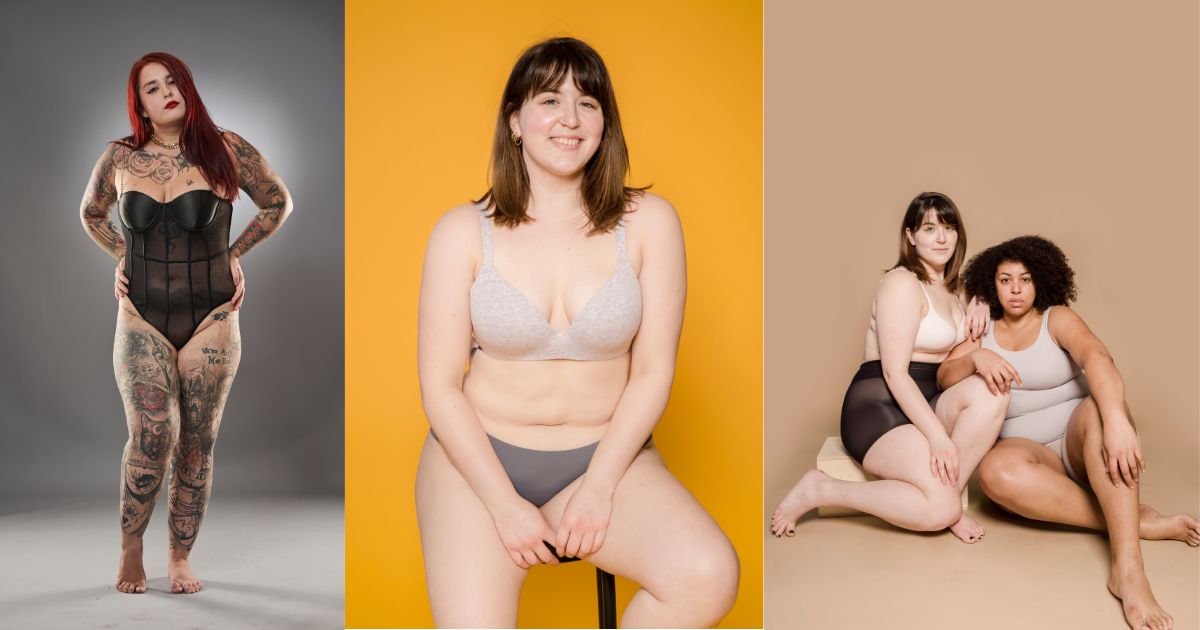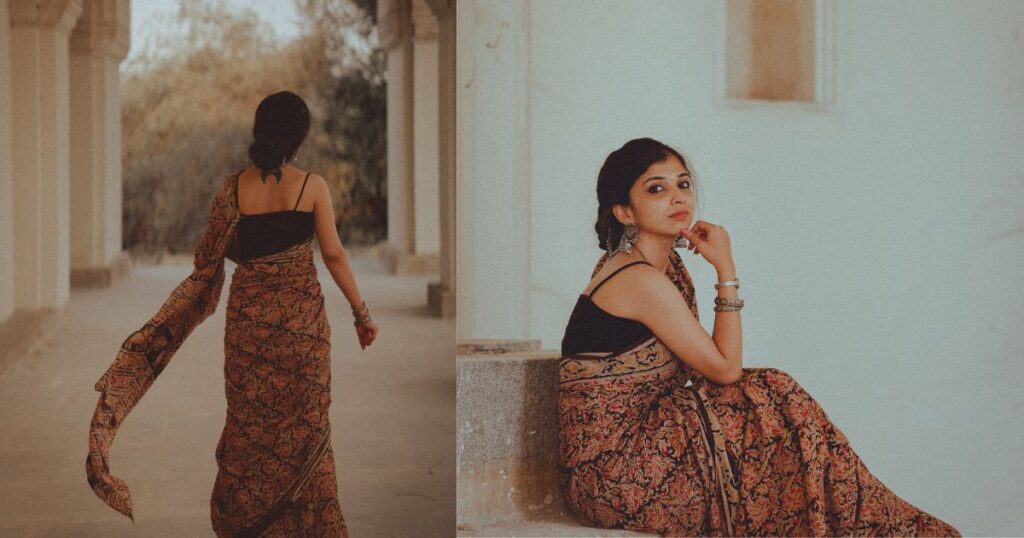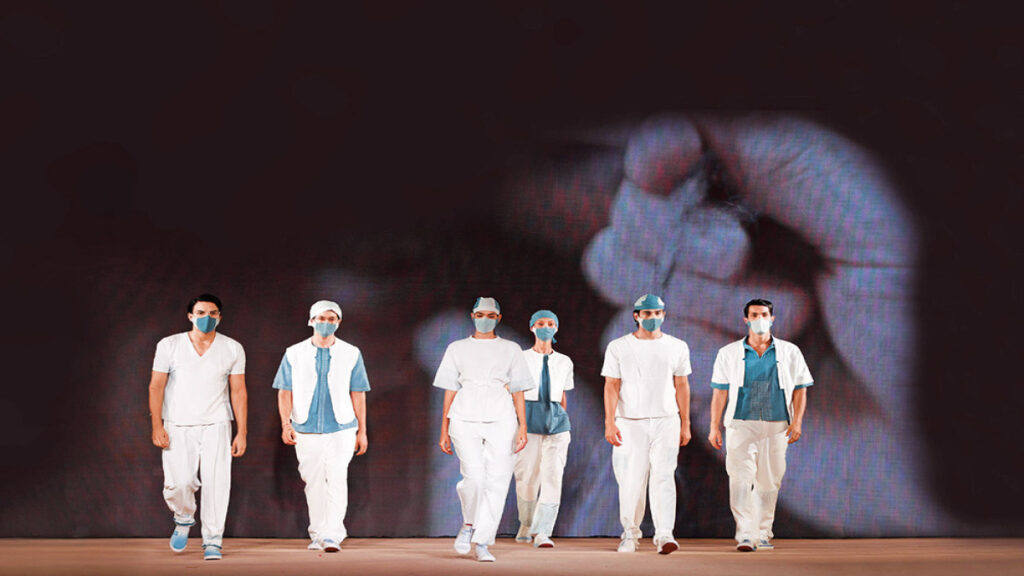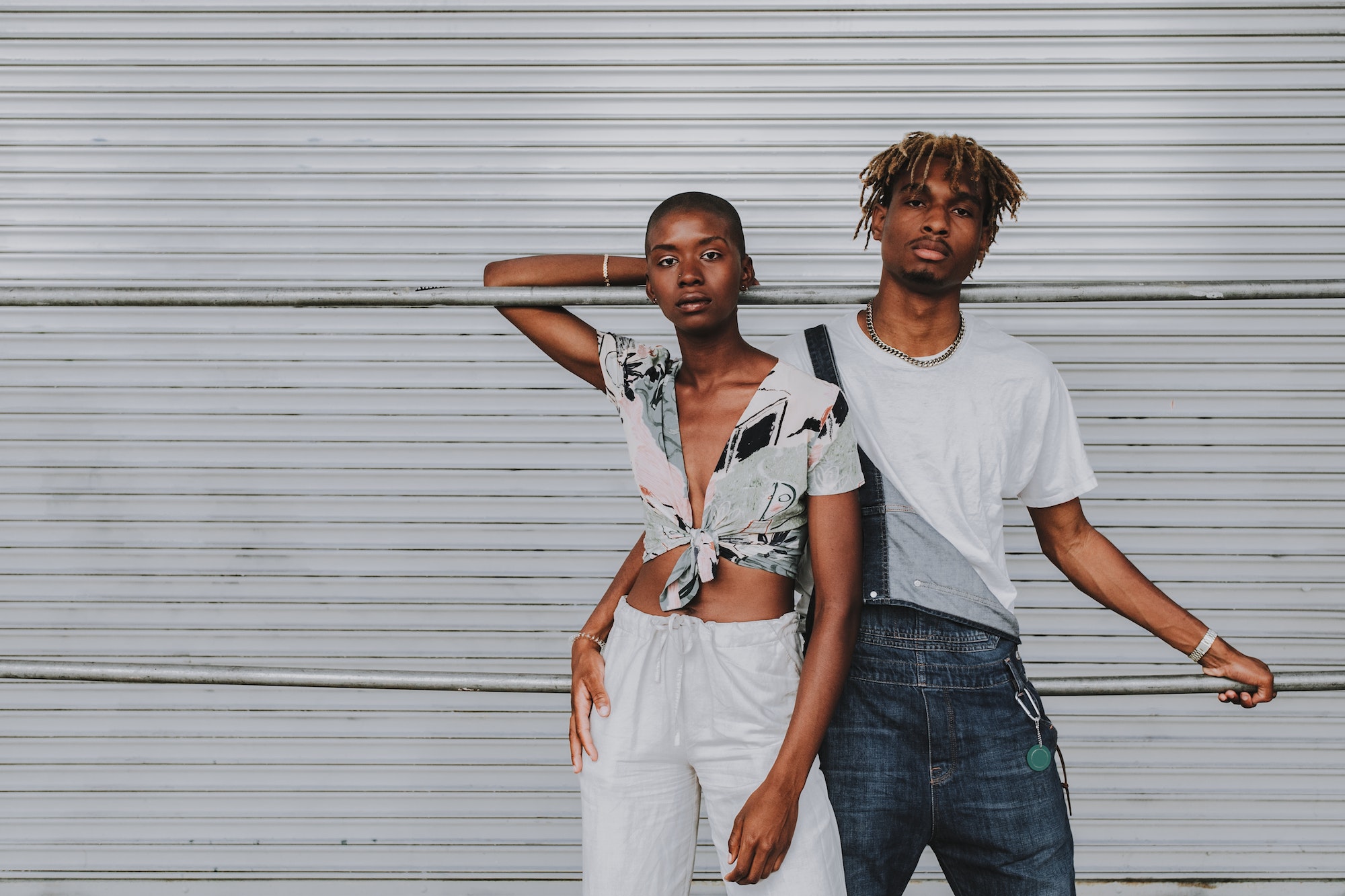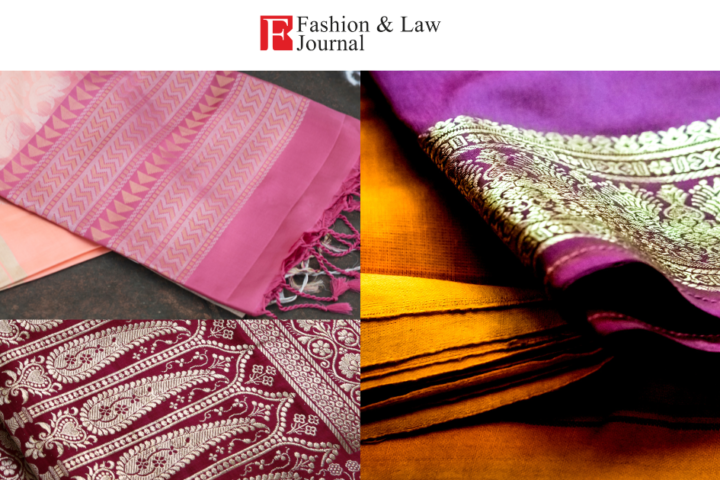Have you ever felt pressured to wear the best outfit from your wardrobe and look amazing everyday? Most people certainly have. Most people are “fashion anxious”. Fashion is a powerful communicator influencing perceptions of both ourselves and of others. Clothing began out of necessity and practicality and quickly morphed into an art form and means of communication. It reflected where people ranked in the society, how much they could afford, and what they professed. The fashion industry’s unrealistic ideal of physical perfection is at odds with a healthy body and mind. There’s more than what meets the eye when it comes to the clothes that you choose to wear. Our wardrobe choices have various psychological repercussions. Fashion plays a significant role in reflecting mental attitudes, political or religious culture and gender roles of the day. The existence of a connection between creative talent and mental illness has long been a topic of discussion in the fashion industry. By wearing the latest trends, people may be more accepting of you because you are following within this framework of what is acceptable in society at that time period.
One out of five fashion models are afraid of being judged. These fashion models are victims to the Fashion Imposter Syndrome. It is a mental condition of self-doubt in which engaging in new fashion trends outside of one’s comfort zone makes them feel inauthentic in their own skin and lacking in confidence. Trends change so quickly, becoming impossible to incorporate into everyday attire. Fashion is a culture as much as it is a profession. According to The International Conference on Addiction and Associated Disorders, people in the fashion industry are 25% more likely to experience mental illness than any other industry. The middle name of the fashion industry is glamour. This places a constant burden on those in the industry causing them to continuously doubt themselves and overwork in order to stay relevant. Fashion’s systemic and relentless pressures make its employers and employees vulnerable to several mental health issues, some of which are addressed in this article. The fashion industry is fragmenting further in the present decade but this need not be a bad thing if one finds an aesthetic that works for them.
If we take a look at the effect of social media on our lives right now, it’s difficult to imagine a life without it. There have been times when we encountered a sick feeling at the back of our eyelids due to over-consumption of fashion online. That’s when we’d been “fashion fatigued”. Social media has worsened the impact of fashion on mental health through an increase in consumption of fashion content and unrealistic beauty standards, thanks to filters and other editing software. The fear of missing out (FOMO) on the latest fashion trends triggers anxiety, lowers self-esteem and creates an unnecessary sense of demand. The increase in the number of style bloggers and the ceaseless social media content creates a desire to want what other people (usually celebrities) have.
According to a 2012 study from Northwestern University, wearing certain clothes has a tangible effect on the wearer’s psychology and performance. This concept is known as “enclothed cognition,” which refers to the symbolic meaning of fashion and its influence on mental state. A group of people were asked to answer some scientific questions within a certain amount of time. They were asked the same questions in the same sequence again, only this time they were made to wear lab coats while answering. It was observed that the average accuracy rate was higher in the second round, when compared to the first. This experiment clearly proves the impact of clothing on a person’s psychology. This implies the reason why professions have dress codes. For instance, a doctor’s coat, an advocate’s gown, a firefighter’s attire and a military man’s uniform. Each piece of clothing has a symbolic meaning attached to it.
On the opposite side of the spectrum is “cognitive dissonance,” a psychological phenomenon where an action that strays from our personal values or beliefs leads to a conflict that causes mental uneasiness. To reduce the discomfort, we either convince ourselves that we want to carry out the action or change the action so it aligns with our beliefs. This phenomenon takes place on a daily basis through people purging their wardrobe of pieces that don’t align with their sense of self or the personality they are trying to embody. Wearing clothes that don’t fit well or fail to express an individual identity diminishes confidence, makes one feel awkward and disconnected.
Why are brands and fashion designers focussing on altering measurement specifications or creating garments to enable consumers to fit into smaller sizes? This drastically impacts body image, makes shopping more stressful and gives an unhealthy idea of a perfect body to consumers. Films and TV shows like “I Feel Pretty (2018) and “Dietland” (2018) have set light upon the issue of vanity sizing and its ill effects on body image. Boselli and Thomsen have shown the connection between the fashion industry’s promotion of the thin ideal causing body dissatisfaction among consumers, including the spread of anorexia and bulimia nervosa among adolescent women. There is no ideal size to look pretty. Prettiness is a feeling. It cannot be showcased; it can only be felt.
Developing personality based on attire and accessorization is observed to be targeting adolescents as they are in their developmental stage and are susceptible to external influences. The combination of peer-pressure and natural self-consciousness causes fashion to have a detrimental effect on teens’ mental health. Factors such as ‘bad’ taste and the inability to afford the latest trends lead to a feeling of inadequacy among teens. They tend to use fashion as a way to avoid mockery and sustain relationships with their friends. An inability to mirror their friends and idols can make them feel like ‘misfits’, inevitably leading to negative self-esteem. Fashion choices are part of growth and self-expression for adolescents, and hence must be utilised in the right manner. This can be successfully overcome by not paying attention to peer pressure and setting one’s own authentic trend instead. One must never be blinded by societal pressures and let down their culture, since culture is heritage and heritage is wealth.
Every coin has two sides. The bright sides of fashion impacts on self-image are that it instils in one a sense of belongingness, confidence and self-esteem. Directing attention towards clothing, makeup, jewellery and shoes can bring about mindfulness in a person. Wearing clothing designed to complement one’s unique figure helps experience improved body image and enhances creativity. Fashion choices reflect progress and morality. Popular brands can be a display of social status and wealth, causing individuals without branded clothing to be mocked or even viciously bullied. Instead of attempting to gain satisfaction from clothing purchases people would be better off working on personal development and buying clothing that is true to themselves regardless of how trendy the brand is. There are no clear fixes for issues like mental health, but there are steps that can be taken to head in the right direction. Education surrounding the dangers and lies of consumerism would help dispel brand elitist sentiment and the pressures associated with it. The widespread acceptance of different body types and a re-examination of societal views surrounding body image would also ease the burden on mental health by letting them be themselves without insecurities. “Power clothing” can make one feel more confident and domineering, improving motivation, productivity and negotiation skills. Authenticity is attractive. The signature of authenticity is resonance. Looking and feeling good is not just an advertising slogan, it is a viable aspect to your wellbeing.


